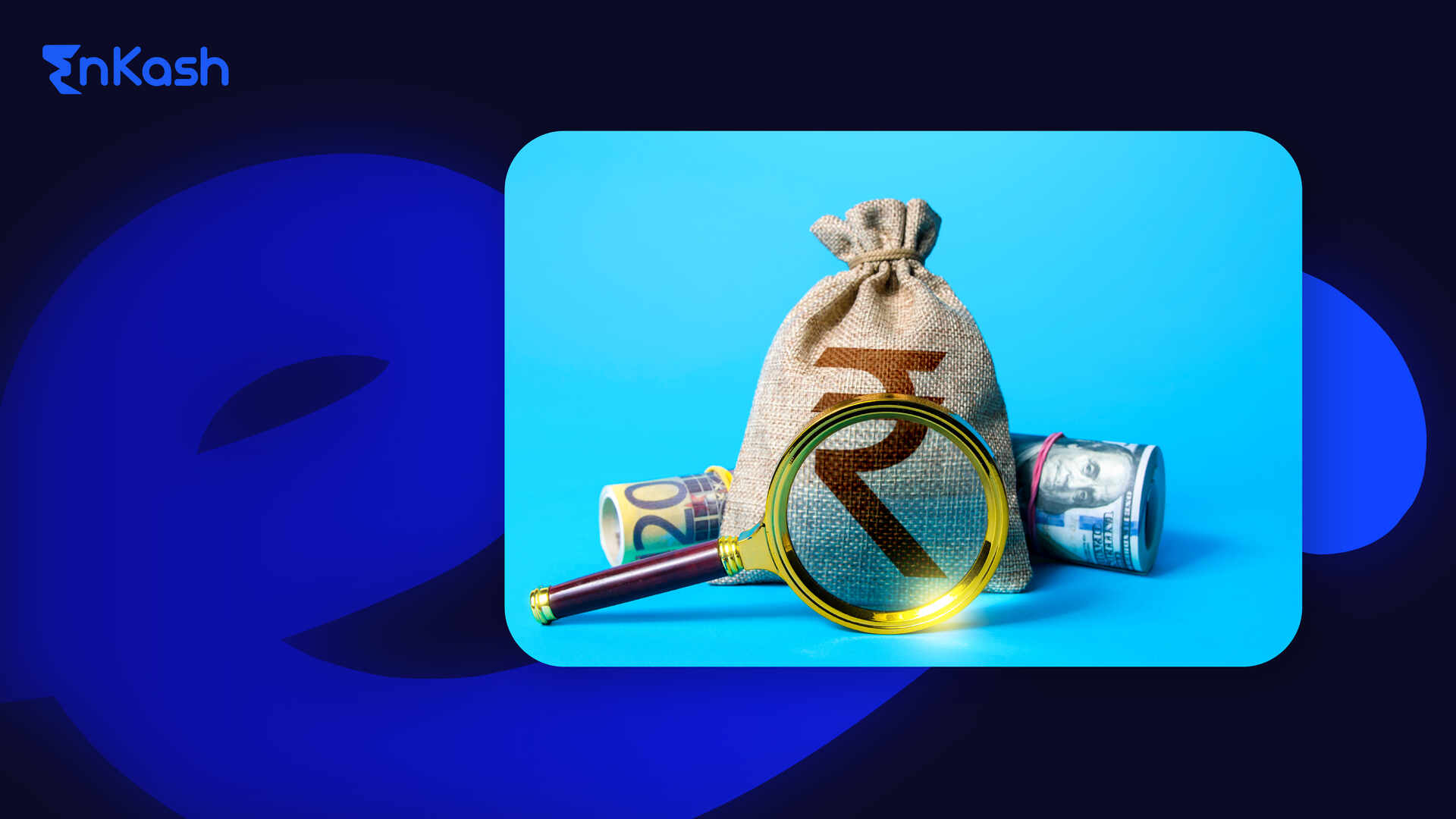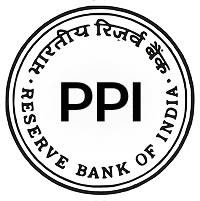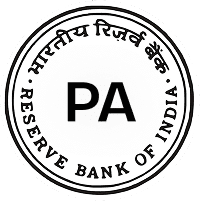Understanding Credit in the Modern Financial System
Credit plays a quiet but powerful role in every economy. It allows people and businesses to use money or goods today and pay for them later. This single idea fuels growth, supports trade, and keeps the financial system moving.
When you swipe a card at a store or a business takes a loan to expand its operations, you are witnessing how credit works in real life. It is based on trust — trust that the borrowed money will be returned within an agreed time and under certain conditions.
In simple words, credit is about giving and receiving value with a promise of repayment. It connects the needs of borrowers with the surplus of lenders. Without this flow, large parts of economic activity would slow down or stop.
This blog explains what credit is, its meaning across different contexts, the various types of credit, and how it supports growth. It also includes real examples to help you understand its purpose and importance in daily life and financial systems.
Meaning and Definition of Credit
What is Credit?
Credit is an understanding between two sides where money, goods, or services are given now and paid for later. It is built on confidence that the borrower will repay within a fixed period. This simple act drives almost every part of financial life.
In plain language, credit refers to giving value before receiving payment. It shows trust between a lender and a borrower. This trust enables individuals and businesses to proceed with plans that require funding before earnings are received.
The Core Idea of Credit – Trust and Deferred Exchange
At its heart, credit is about belief. A lender provides money or resources today because they expect to be repaid in the future. This delay between giving and returning creates an exchange built on time and trust.
Every credit transaction carries both opportunities and risks. When both sides fulfill their roles, the system strengthens. When promises are broken, confidence in the system weakens. That is why transparency and clear terms are vital for credit to work smoothly.
Evolution of Credit in Modern Finance
Credit has existed since the earliest trade systems. Merchants gave goods first and collected money after sales. As trade expanded, this simple trust-based exchange turned into organized lending handled by financial institutions.
Today, credit reaches people in many ways through banks, lenders, cooperatives, and digital platforms. The goal remains the same: to give access to funds today and receive repayment tomorrow. Credit supports consumption, investment, and business expansion. It also connects those who have money with those who need it, keeping the economy active and productive.
Why Knowing How Credit Works is Essential
Understanding what credit is helps people make better financial decisions. It influences how savings are used, how loans are chosen, and how growth is managed. Used wisely, credit supports progress and stability. Used carelessly, it can cause financial stress and long-term debt.
Learning how credit functions helps individuals and businesses use it as a tool for advancement instead of a burden. Awareness and discipline are what make credit truly valuable.
Credit in Different Contexts
Understanding Credit Across Financial Domains
Credit has slightly different meanings in finance, banking, and accounting. The idea stays the same, but its role changes depending on where it is used. Understanding these contexts helps in seeing how credit shapes both personal and business finances.
Credit in Accounting (Debit vs Credit Entries)
In accounting, credit and debit keep financial records balanced. When a transaction happens, one side is marked as debit and the other as credit. A credit entry shows an increase in income, capital, or liabilities. A debit entry reflects an increase in assets or expenses.
For example, when a company borrows money, it records the borrowed amount as a credit in the liabilities section. When it repays, the amount is debited to reduce the liability. This double-entry system ensures that every transaction is tracked accurately.
Credit in Banking (Deposits, Loans, and Limits)
In banking, credit meaning in banking refers to the amount of money a lender provides with an agreement for repayment. Banks extend credit through loans, overdrafts, and credit cards. Each product allows the borrower to access funds that are not immediately theirs.
The borrower repays this amount over time with an additional cost called interest. This process allows banks to earn income while helping individuals and companies meet financial needs.
Credit in Economics (Macro and Micro Perspectives)
From an economic view, credit meaning in economics relates to the flow of borrowed funds across sectors. It supports production, trade, and consumption by enabling people and businesses to use resources before they fully own them.
At the macro level, credit helps expand national income and employment. At the micro level, it allows individuals to buy homes, start ventures, and handle emergencies. In both cases, it acts as a bridge between present needs and future earnings.
What Are the Different Types of Credit?
Credit is not the same in every situation. It can be short or long-term, secured or unsecured, and used for many purposes. Understanding the types of credit helps people choose the right option for their financial goals. Each form serves a unique role and fits a specific need.
Classification by Duration
Credit can be grouped by how long the borrower has to repay.
- Short-term credit is for a period of less than one year. It supports daily operations and short business cycles. Examples include working capital loans, trade credit, and short personal loans.
- Medium-term credit ranges from one to five years. It is used for things like buying vehicles, upgrading equipment, or funding small projects.
- Long-term credit extends beyond five years. It helps build assets such as homes, factories, or infrastructure. These loans come with fixed repayment schedules and higher total interest due to their longer duration.
Classification by Security
Credit can also differ based on whether it is backed by collateral.
- Secured credit is supported by an asset such as property, gold, or equipment. If repayment fails, the lender can recover money by selling that asset. Examples include home loans and car loans.
- Unsecured credit does not require collateral. Lenders approve it based on income, repayment history, and credit score. Examples include personal loans and credit cards. Since the risk is higher, the interest rate is usually greater.
Classification by Source or Provider
Credit can come from different sources, each with its own method and regulation.
- Bank credit includes loans, overdrafts, and cash credit provided by banks.
- Non-banking financial credit comes from registered financial institutions that are not banks.
- Cooperative and microfinance credit serves local or small borrowers.
- Informal credit involves borrowing from traders, suppliers, or individuals outside the formal financial system.
Each source differs in terms, cost, and accessibility.
Classification by Purpose or Use
Credit can also be grouped by what it is used for.
- Consumer credit allows people to buy goods or services for personal use.
- Trade credit helps businesses purchase raw materials or inventory before selling their products.
- Agricultural credit supports farmers in buying seeds, fertilizers, and equipment.
- Industrial or project finance funds large-scale construction, power, or manufacturing activities.
- Every category contributes to the economy by meeting different kinds of financial needs.
Classification by Repayment Structure
The repayment pattern also defines credit.
- Revolving credit allows repeated borrowing within a fixed limit, like credit cards or overdrafts.
- Installment credit is paid back in regular fixed payments over time, such as in housing or vehicle loans.
- Open credit works on a “buy now, pay later” system where bills are settled at the end of a cycle.
Each type offers flexibility for a specific situation, making credit a versatile financial tool.
Credit vs Debit – Functional and Conceptual Difference
Understanding what is debit and credit is important for anyone who handles money, runs a business, or studies finance. Both words describe opposite movements of value. Debit shows what is given or spent, and credit shows what is received or owed. Together, they keep financial records balanced and clear.
When these two sides work correctly, they explain where money comes from and how it is used. This balance is the foundation of every financial statement, from a small shop ledger to a corporate account.
Functional Difference Between Debit and Credit
Basis of Comparison |
Debit |
Credit |
|---|---|---|
Meaning |
Records the value that goes out or is spent. |
Records the value that comes in or is received. |
Effect on Accounts |
Increases assets and expenses, decreases liabilities and income. |
Increases liabilities, income, and capital, decreases assets and expenses. |
Purpose |
Shows how resources are used. |
Shows how resources are earned or owed. |
Accounting Position |
Appears on the left side of a ledger. |
Appears on the right side of a ledger. |
Impact on Cash |
Represents an outflow of money or a reduction in available funds. |
Represents an inflow of money or an increase in available funds. |
Examples |
Paying rent, buying raw materials, and recording salaries. |
Receiving income, taking loans, and recording sales. |
Importance of Credit in Economic Activities
Why Is Credit Important for Economic Growth and Stability?
To understand what is credit and why it is important, you have to look at the way it moves money through both personal and national economies. Credit gives people, companies, and even governments the ability to spend and invest before income arrives. It allows action without waiting, and that action sparks growth.
Think of it as momentum. Without credit, projects stall until savings build up. With credit, decisions move forward today, and repayment follows tomorrow. That shift makes credit a pillar of almost every economic activity we see around us.
Stimulating Investment and Business Expansion
Businesses grow on credit. A manufacturer may need new equipment, or a trader might want to enter a fresh market but lacks immediate funds. Through credit finance, they borrow, use the money productively, and repay from future income.
This cycle does more than help a single company. Jobs are created, output rises, and industries scale up. Without credit, most businesses would remain small and unable to take risks that lead to progress.
Promoting Consumption and Demand Generation
Households feel the impact as well. With credit loans, families can buy houses, vehicles, or appliances years before they could save the full price. Those purchases ripple across the economy, boosting housing, manufacturing, and retail.
Large expenses spread over time make spending possible for more people. That steady consumption keeps factories running and shops busy even when personal savings fall short.
Supporting Entrepreneurship and Innovation
Every new venture begins with uncertainty. Startups often lack cash flow at the start, yet credit makes it possible to hire workers, design products, and reach customers. Without this support, many ideas would never leave the drawing board.
By financing risk, credit nurtures innovation. It helps economies stay adaptable and competitive in a world where new solutions are always needed.
Building Financial Inclusion and Economic Mobility
Credit is not just for corporations. It helps individuals move forward. A farmer can borrow to buy seeds and pay back after harvest. A student can take an education loan and return the money once they find employment. These examples show what is the purpose of credit: creating opportunities for growth, mobility, and independence.
Example – Credit Flow in a Small Business Economy
Picture a shop owner before the festival season. They borrow money to stock shelves in advance. Sales rise quickly, customers leave satisfied, and revenue flows in. With those earnings, the loan is cleared, and profit remains.
This example shows clearly how credit is essential for economic activities, as explained with an example. It turns borrowed money into trade, trade into income, and income into growth.
Examples of Credit in Everyday Life and Business
Practical Examples of Credit in Use
It is easy to describe credit in theory, but the idea feels clearer when you see how it plays out. Everyday choices, from buying groceries to signing property papers, involve some form of credit. Each situation shows a different side of the same principle: use value today, return it tomorrow.
Example 1 – Credit Card Usage and Repayment Cycle
Think of a credit card at the checkout counter. The cardholder pays nothing at that moment. The bank covers the purchase, and the customer has until the bill date to repay. If the amount is cleared on time, no extra cost appears. If not, interest is added, and the debt grows.
A single swipe shows how credit bridges gaps in cash flow. It also shows how repayment behavior shapes access to future credit finance.
Example 2 – Business Trade Credit Between Suppliers and Retailers
Retailers depend heavily on trade credit. A shop owner may take delivery of goods today and agree to pay the supplier thirty days later. The supplier trusts that sales will generate enough to cover the balance.
This arrangement reduces the pressure of paying upfront, lets businesses keep shelves stocked, and builds relationships based on reliability.
Example 3 – Term Loan for Home or Vehicle
Consider a housing loan. A borrower receives funds to purchase a house and begins repayment in fixed monthly installments. Each payment reduces both the interest and the borrowed amount. Over the years, ownership shifts fully to the borrower while the lender earns from the loan.
This form of credit loan turns long-term dreams into achievable goals. It also demonstrates how credit requires careful planning and steady discipline.
Challenges and Risks Associated with Credit
Credit opens doors, but it also carries weight. When used carelessly, it can strain personal finances and even destabilize larger systems. Knowing the risks helps borrowers and lenders act with caution.
Key Challenges and Risks
- Default and Non-Performing Assets
Missed repayments turn into bad loans. For individuals, this hurts their credit history. For banks, it creates non-performing assets that weaken financial strength. - Over-Indebtedness
Easy access to credit loans may tempt borrowers to spend beyond their capacity. Debt piles up faster than income, leading to financial stress. - Systemic Risks
Rapid credit growth without proper checks can trigger bubbles. When many borrowers fail at once, the impact spreads through the entire economy.
Conclusion – The Role of Credit in Modern Financial Stability
Credit is trust in action, shaping how money flows between people, businesses, and institutions. It allows households to secure homes, students to finance studies, and companies to expand before profits are earned. Every transaction backed by credit shows what credit is, why it is important, and how it functions across the financial system. But credit is not without risk. Unchecked borrowing creates pressure, while thoughtful use supports balance and growth. Treated with care, credit is less a burden and more a tool that fuels opportunity, drives development, and strengthens financial stability for both individuals and economies.
FAQs
1. How does credit affect an individual’s credit score?
A credit score is shaped by repayment habits, the total amount borrowed, and the length of credit history. Paying bills on time, keeping balances low, and limiting unnecessary borrowing strengthen the score. Missed payments or frequent defaults reduce it. Over time, consistent discipline builds a reputation that helps access credit on better terms.
2. What is the role of interest in credit transactions?
Interest is the cost of using borrowed money. Lenders charge it to cover risk and earn income. The rate varies with the type of credit, the borrower’s reliability, and market conditions. For borrowers, interest adds to the repayment burden. Understanding how interest works helps in choosing affordable and sustainable credit options.
3. How do lenders decide the amount of credit to offer?
The credit limit or loan size depends on income, existing liabilities, repayment history, and security offered. Lenders also consider employment stability and overall financial profile. A reliable borrower with steady income may receive higher credit. This evaluation ensures funds are extended responsibly and repayment chances remain strong, reducing risk for both sides.
4. Can credit support government and public projects?
Yes, governments rely on credit to finance infrastructure, welfare programs, and public investments when immediate funds are insufficient. By borrowing through bonds or institutional loans, large projects such as highways, power plants, and healthcare facilities become possible. Public credit, when used carefully, boosts development and creates assets that benefit the economy over decades.
5. How is digital lending changing the credit landscape?
Digital lending platforms provide faster and more accessible credit compared to traditional banks. They use technology and alternative data to assess borrowers, reducing paperwork and time. This shift makes credit available to individuals and businesses that may not qualify under strict banking norms. It also increases competition, driving innovation in lending services.
6. What risks do borrowers face when relying heavily on credit cards?
Credit cards are convenient, but relying on them without discipline can lead to high-interest debt. Minimum payments keep accounts active but extend repayment, and interest compounds rapidly. Overspending becomes easy, and balances pile up. Managing credit cards responsibly means tracking expenses, paying utility bills regularly, and keeping usage within reasonable limits.
7. How does credit influence international trade?
Credit makes global trade smoother. Exporters provide goods on credit, and importers settle payments later, often supported by banks through instruments like letters of credit or buyer’s credit. This system allows businesses to manage currency flow, reduce immediate payment pressure, and strengthen cross-border partnerships, making trade more reliable and predictable for both sides.
8. What happens when a borrower defaults on credit?
Default occurs when payments are missed beyond the agreed timeline. For individuals, it damages their credit history and lowers their score. For lenders, it turns into a non-performing asset, reducing profitability. In serious cases, legal action follows. Default impacts future borrowing ability, making it harder and costlier to access credit again.
9. How does inflation affect credit availability?
When inflation rises, central banks may increase interest rates to control spending. Higher rates make borrowing more expensive, reducing demand for credit. Lenders also become cautious in extending loans during uncertain times. On the other hand, stable or lower inflation often encourages credit growth, as borrowing becomes cheaper and more attractive.
10. Why is credit considered a double-edged tool in economics?
Credit can drive growth by creating investment and demand, but it also carries risk when overused. Easy credit can lead to bubbles, where prices rise without real value behind them. Once repayment fails, the system weakens. Used carefully, credit strengthens economies; mismanaged, it becomes a source of instability and crisis.








